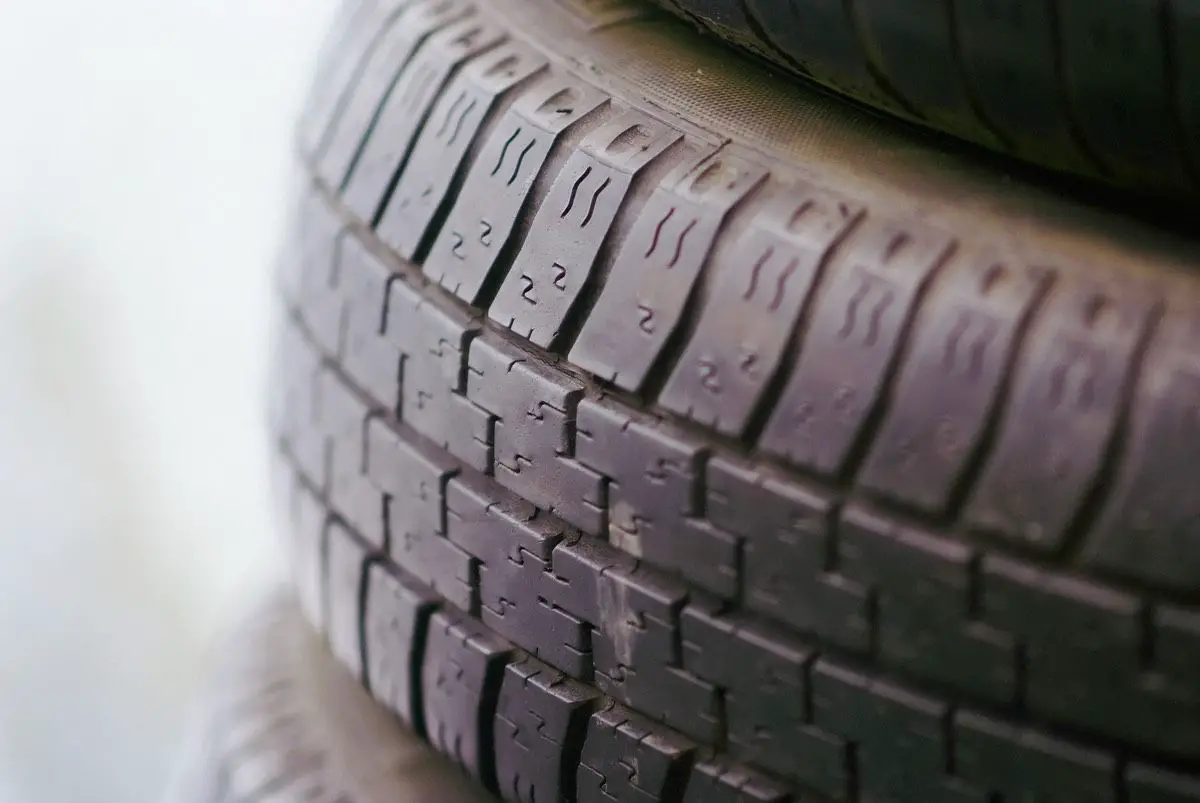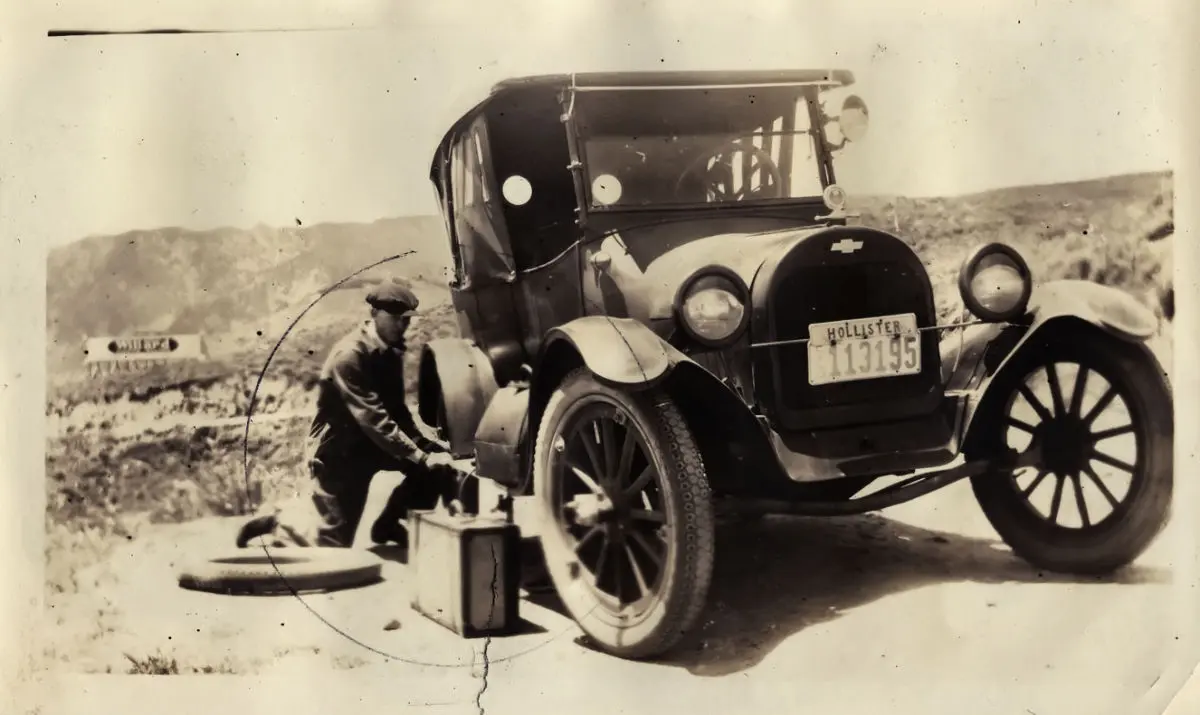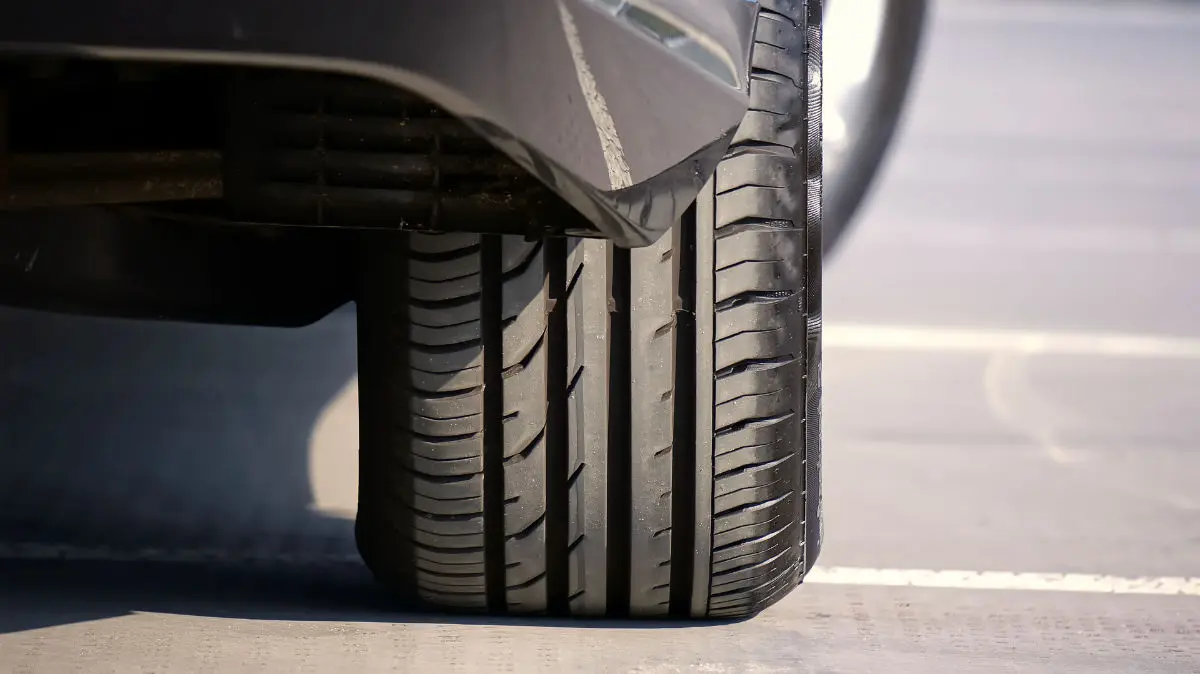Who Invented Tires For Cars?
Want to know who invented tires for cars? Our article gives you the key names, dates, and car tire history facts.

Karl Benz did not invent tires themselves, but he invented the first solid rubber tires for motor cars. J.B. Dunlop invented the first pneumatic tire for bicycles in 1888 and went on to found a company that produced both bike and car tires. André and Edouard Michelin invented the first removable pneumatic tires in 1891.
If you want to know who invented car tires, this article is for you. Several people contributed to the invention of the modern car tire as we know it. We tell you who they were and what they created and give you other interesting car tire history facts.
Who Invented Tires for Cars?
Tires are a means of dressing or covering a wheel to make travel easier and more comfortable in a wheeled vehicle. They have been around for hundreds of years in the form of leather or solid rubber wrapping for the wheels on horse-drawn carriages, barrows, and other vehicles.
Karl Benz, the inventor of the world's first motor car, also invented a car tire for his vehicles in 1888. In contrast to the pneumatic tires, which came later and are still in use today, Benz's tires were formed from solid vulcanized rubber fixed to the metal-spoked wheel.
Solid rubber tires are robust and resilient to damage with no risk of puncture. Unfortunately, these advantages are offset by the fact that solid tires give a rougher ride than pneumatic equivalents and can also damage road surfaces.
Pneumatic tires contain air in a wheel-shaped rubber tube and were invented in two forms. In 1845 Robert Thomson patented vulcanized rubber tires for use with horse-drawn carriages. (While successfully trialed, the invention was not commercially viable at this point.)
J. B. Dunlop independently developed another pneumatic tire in 1888 to enhance his son's bicycle. (With this experiment's success, Dunlop partnered with the financier Harvey du Cros. While their Dunlop Rubber company initially focused on bicycles, they made their first pneumatic tire for motor cars in 1900.)

It is also worth mentioning that pneumatic tires for cars (and other vehicles like buses) or other vehicles could not have come about without Charles Goodyear, who invented the vulcanization process in 1844. Vulcanization of rubber involves treating it with sulfur to create a harder, non-sticky, and more weatherproof form.
How Did Modern Car Tires Evolve?
Since tires were first invented, numerous innovations and developments have brought us the advanced tires we see in modern cars. Important progressions and tire types include:
Removable Tires
The earliest car tires were made from rubber glued to the metallic wheel rim, a structure that meant that repairs or replacement would take several hours. Brothers André and Edouard Michelin developed a removable pneumatic car tire in 1891, attracting high public interest with their drive on the tires in the 1895 Paris-to-Bordeaux motor car race.
Carbonized Tires
In 1910, the Goodrich Company created tires with a longer lifespan by adding carbon (from soot) to the rubber. The carbonized tire proved more durable, more stable, and better at shedding heat.
The first tires were white in color, similar to their natural rubber latex source material. Today all tires are black due to the addition of carbon black (a byproduct of the combustion of various hydrocarbons) during the manufacturing process.
Tread Tire
The first tread tire appeared in 1905, featuring a thick tread block that helped to grip the road in wet or muddy conditions and protected the inner carcass around the pneumatic tube.
Winter Tires
The Finnish company Hakkapeliitta (now Nokian Tyres) invented the first snow tire for domestic vehicles in 1936. Always a well-respected product, this tire is still in production today.
Artificial Rubber Tires
The DuPont Company commercialized the production of synthetic rubber in 1931, breaking tire production reliance on natural rubber resources.
Tubeless Tires
The Goodrich Company announced the development of a tubeless tire in May 1947. This innovation eliminated the inner tube and trapped pressured air within the reinforced tire walls, making car use safer and less subject to breakdowns. After successful testing, Goodrich was awarded several patents, and the tubeless tire became a standard feature on most new cars by 1953.
Radial Tires
Radial tires have separate rubber plies for sidewalls and tread. This puts more of the tread in contact with the road surface at all times, increasing grip. Tread life is also improved with radial tires. The Michelin company designed, developed, patented, and commercialized the radial tire, with their first radial tire developed in 1946 by researcher Marius Mignol. Radial tires are now the global tire standard.

Run-flat Tires
Runflat tires arrived in the late 1970s. They feature several technologies allowing vehicles to continue running with a flat tire to reach a safe stopping point. Self-supporting run-flat tires are reinforced to support a car's weight for a set period after a blowout. Self-sealing runlet tires possess a unique liner that automatically and permanently seals any small puncture.
What Was the First Commercial Production of a Car With Tires?
The first production of motor cars for sale was by Karl Benz in 1888, and these cars possessed tires. Benz produced the vehicles in Germany or under license from Benz by Emile Roger in France.
What Was the First Car Tire Selling Company?
It's hard to say which company went into tire production first, as several were operating around the same time. Some existed earlier but did not make car tires until a later date. Others developed and launched a prototype, but it may not be apparent when this was commercially produced. For example:
The Michelin company was producing pneumatic car tires by the mid-1890s, initially making tires for bicycles and horse-drawn carriages.
Frank Seiberling founded the Goodyear Tire and Rubber Company in Ohio in 1898. It became the largest rubber company in the world by 1928.
The Dunlop Rubber Company started with bicycle tires but made their first pneumatic car tire in 1900.
A Final Word
Who invented tires for cars? Looking at modern tires, the answer is probably a whole chain of inventors. The chain begins with Karl Benz and runs through numerous 20th-century innovations. It also links back even further to those who invented the vulcanization of rubber and the pneumatic tire. Names like Goodyear, Dunlop, and Michelin remain part of the popular consciousness and essential parts of car history.
Also read:

